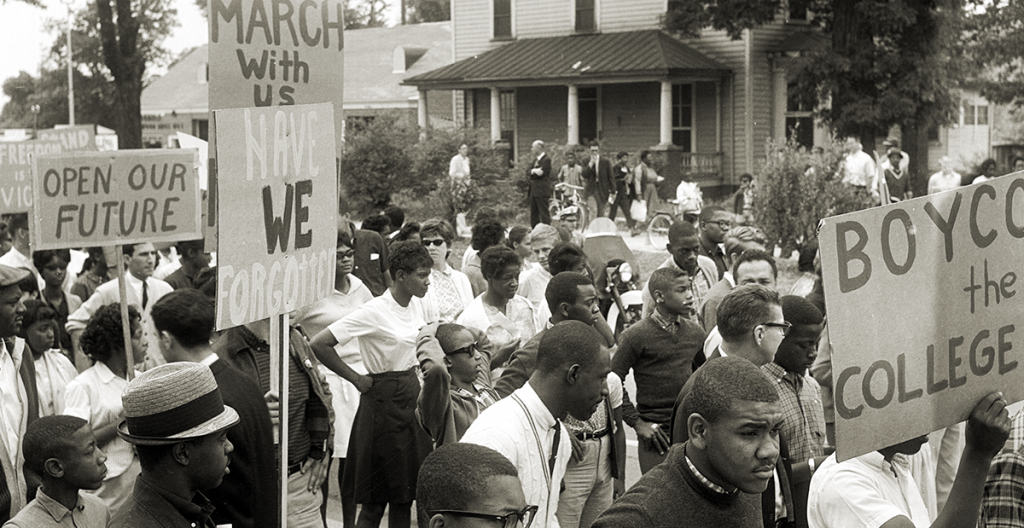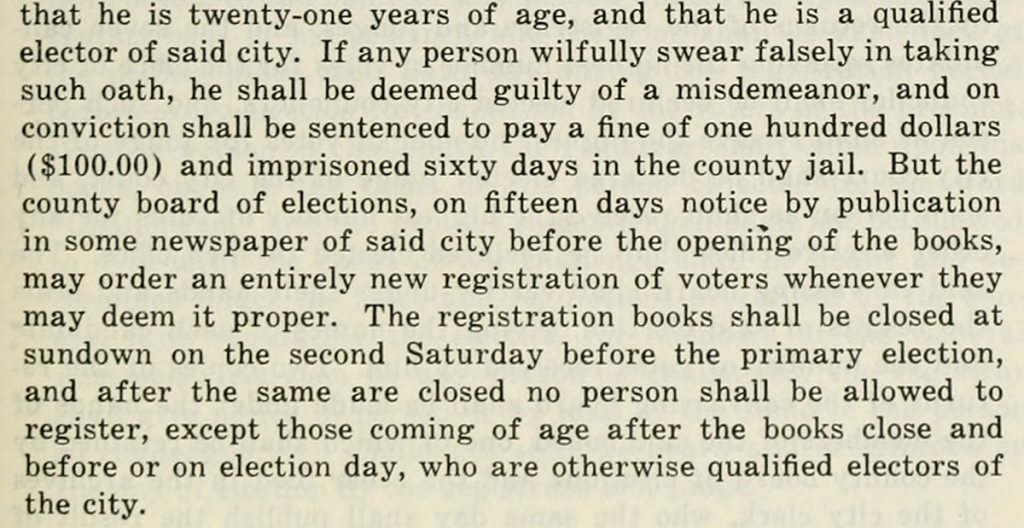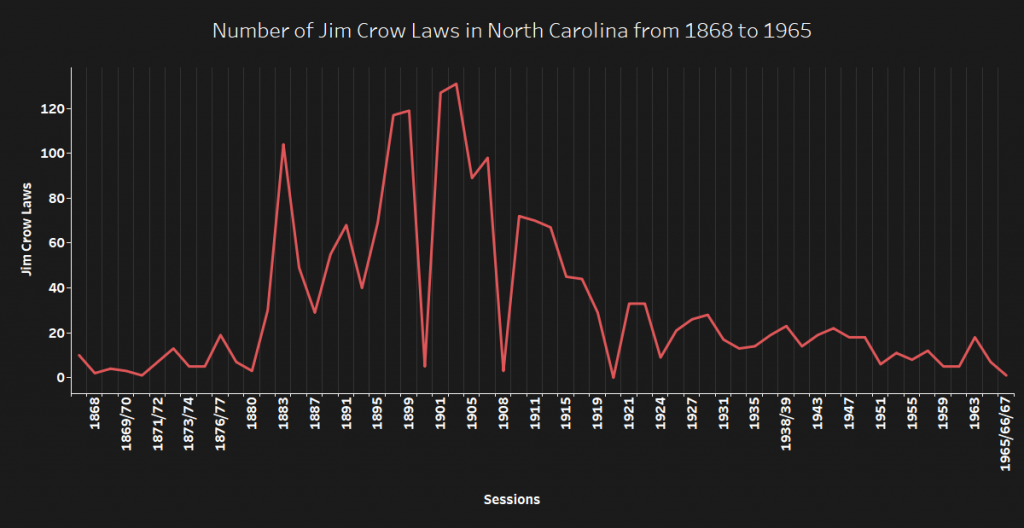The Laws in Context

In 1950, an attorney named Pauli Murray published an edited collection titled States’ Laws on Race and Color. This book was a collection of race-based laws from across the United States. In explaining the purpose of the book, Murray called it a convenient reference guide for attorneys and “a method of determining the extent to which racial practices were controlled by law throughout the country.” [1]
Pauli Murray was a gifted scholar and activist. Born in Baltimore, Maryland in 1910, Murray grew up in Durham, North Carolina during the Jim Crow era. In 1940, Murray was arrested for sitting in the white section of a bus—fifteen years before the more famous arrest of Rosa Parks. Murray went on to graduate from Hunter College, Howard University School of Law, and later earned degrees from the University of California-Berkeley and Yale University. Murray’s career was dedicated to helping marginalized people fight for civil rights. States’ Laws on Race and Color was designed as a tool for activists and lawyers who were working to dismantle Southern Jim Crow. [2]
Jim Crow was a system of racial apartheid in the American South that lasted for nearly one hundred years. It affected every part of Southern life, dictating everything from racial segregation to social etiquette, most famously through racial segregation in schools and public spaces. The system had many features, but its primary function was to promote and maintain a white supremacist racial order. This was accomplished primarily through laws that separated the races and limited the civil rights of non-white citizens.
Despite Jim Crow’s prevalence, many people today still do not fully understand this system. Some think of Jim Crow as a minor inconvenience—a seat on the back of the bus or an inferior water fountain. In reality, the system was all encompassing, touching nearly every part of Southern life for both black and white. The most structurally important features of Jim Crow were framed by laws. Amid a system with a great deal of fluidity for social behavior, Jim Crow laws created the most rigid means of protection for this state-sponsored racial hierarchy.

Pauli Murray’s States’ Laws on Race and Color was a compilation of race laws—not just Jim Crow laws but also laws enacted to protect civil rights. Murray understood that Jim Crow represented more than a system of laws, but Murray also recognized that these laws undergirded the most foundational structural inequalities of Southern life. In publishing States’ Laws on Race and Color, Murray sought to use a collection of laws to help expose the pervasiveness of Jim Crow and reveal the enormous inconveniences they created for individuals and local jurisdictions. But the sheer number of these laws prevented Murray from ever compiling a full collection of Jim Crow laws.
Seventy years later, On the Books has worked to enrich Murray’s work by analyzing North Carolina statutes passed between Reconstruction and the Civil Rights Movement, with the goal of producing the first-ever catalogue of Jim Crow laws for an entire state. This is only made possible by modern technology. Using machine learning techniques, the On the Books team has conducted an extensive search of the state’s legal history and used text analysis to identify legislation that could be classified as a Jim Crow law.
Over 297,000 pieces of legislation passed in North Carolina between 1865 and 1967. This research has identified over 900 laws as potential Jim Crow laws. These are the race-based laws that dictated life for millions of North Carolinians for more than one hundred years.

This collection is not perfect. Despite the incredible technological tools available to modern researchers, this process faces several challenges. First, the language of race was often not included in the actual laws. Some laws sought to achieve racial discrimination without using explicit racialized language. But some laws, especially voter laws, were clearly designed to circumvent federal civil rights protections in order to racially discriminate. In considering these types of laws, we have studied intent as well as stated purpose. The second issue concerns interpretation. Different scholars may offer varying assessments of which laws should qualify as a Jim Crow law. With black voters disfranchised, every law passed during this era was in some way touched by race. But we have focused primarily on laws that directly created racial regulations. Third, machine learning can produce classification errors. Any statistical classification algorithm is going to have some mis-classification due to the approximations necessary to extrapolate labels for all laws based on a relatively small training set. Yet, even in its limitations, this is the most extensive collection of Jim Crow laws ever produced.
The On the Books team hopes that this product can serve as a model for other groups of researchers seeking to distill and study the depth and scope of Jim Crow laws in other states. Moreover, the methods employed here need not be restricted to only the study of race in the American South. As Pauli Murray noted, race-based laws existed everywhere in the United States. So, too, did laws affecting gender, housing, health, and dozens of other aspects of public life. These laws can also be compiled, categorized, and studied.
Researchers interested in this history will be equipped with an unprecedented view into the extent and nature of Jim Crow laws, allowing for a greater understanding of how these laws worked and of the legal systems that created racial difference and disadvantage. Teachers and students will benefit from an exceptional catalogue of laws that lay bare the connections between race and law.

It is not possible to fully anticipate all the ways interested communities might use these data, but it is our hope that it can enhance the study of race in this region and in this country in ways that help contribute to the knowledge of the history of race in America. As Pauli Murray dreamed in 1950, we hope for “the constructive use of the information” in ways that connect the law, library studies, and the humanities to further benefit society. [3]
[1] Pauli Murray, ed., States’ Laws on Race and Color (Cincinnati, OH: Women’s Division of Christian Service, Board of Missions and Church Extension, 1951), 5.
[2] Pauli Murray, Song in a Weary Throat: An American Pilgrimage (New York: Harper & Row, 1987).
[3] Murray, ed., States’ Laws on Race and Color, iii.